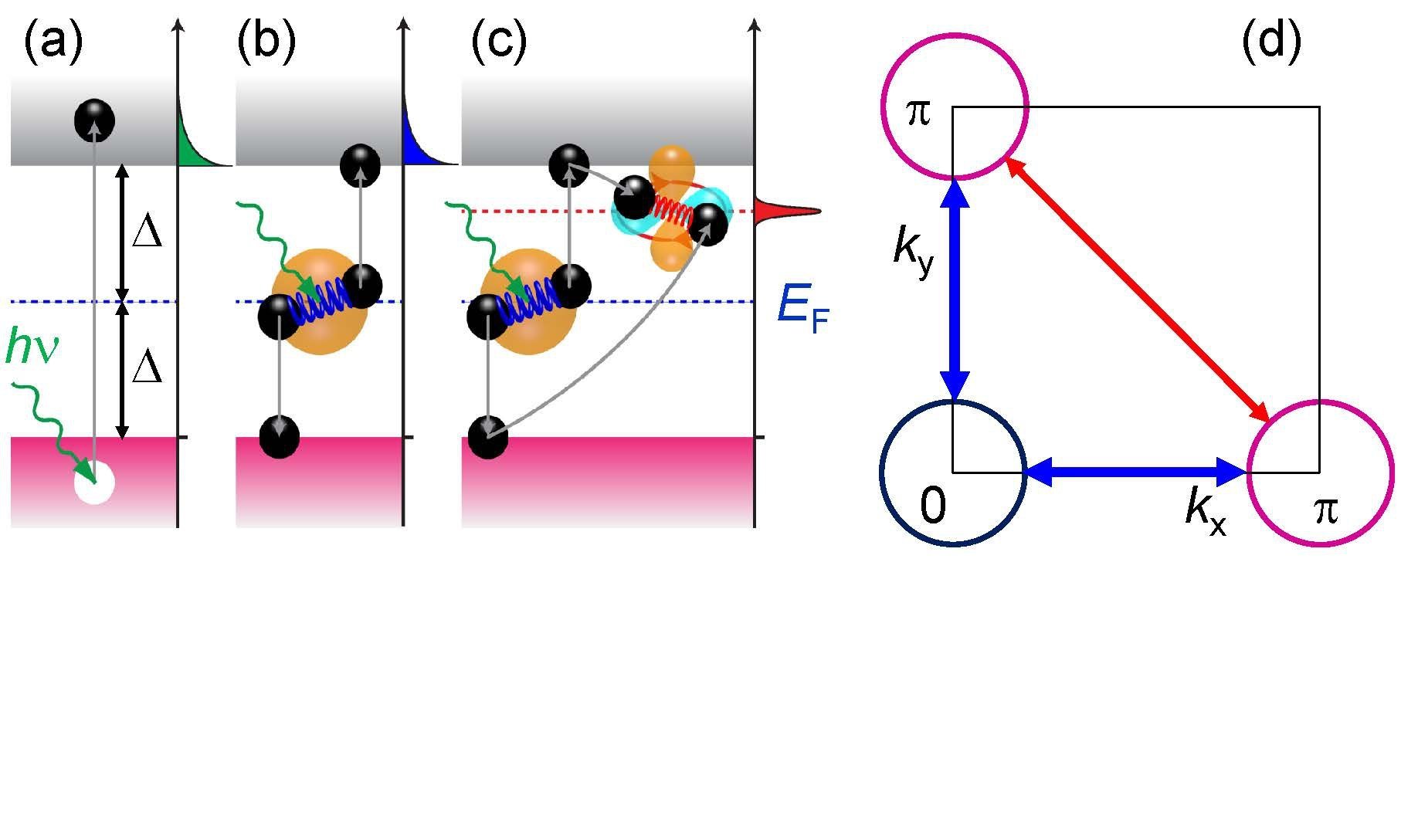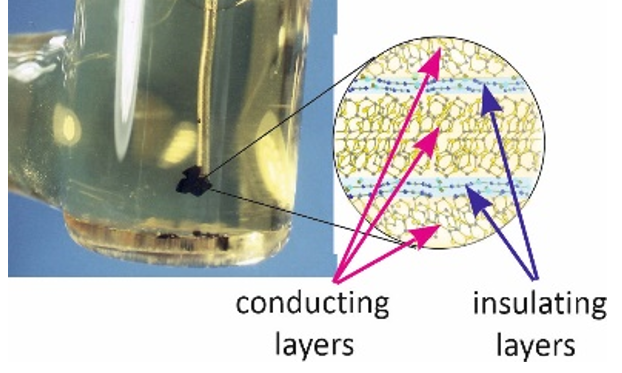Superconductivity and Correlated Electron Systems

Superconductivity and superfluidity are manifestations of quantum-mechanical behavior on a macroscopic length scale. This means that the concept of a quantum-mechanical wave function, usually describing elementary particles, atoms or molecules, can be used to describe the entire superconducting or superfluid condensate. The phase of this macroscopic wave function varies over distances much larger than the atomic radius and the condensate (superfluid) velocity is related to its spatial gradient. Not surprisingly, new effects emerge, such as dissipationless electronic and hydrodynamic transport of mass, charge and spin. Sometimes the properties are found to be rather counterintuitive, for example when a supercurrent passes through an insulator or when a constant voltage drop results in an oscillating supercurrent.
Superconductivity and superconducting materials are the enabling ingredients for important applications. Relevant examples are superconducting magnets for magnetic resonance imaging (MRI), accelerators or fusion technology. Moreover, pilot projects were launched for the replacement of copper by superconducting cables in our power grid. The most sensitive detectors for magnetic fields exploit the quantum nature of the supercurrent. Most recently, the quantum behavior of superconducting circuits has been used to design superconducting quantum circuits providing the hardware platform for superconducting quantum computers.
Beyond applications, superconductivity and superfluidity are still to the probably most fascinating and challenging fields of basic research. At the time Bardeen, Cooper, and Schrieffer explained superconductivity as a subtle (pairing) interaction between the conduction electrons and the lattice, the perception of the ground state was comparably simple. Soon thereafter, the discovery of superfluidity in the isotope 3He opened the pandemonium of exotic pairing states, in which anisotropies in the spin and orbital angular momentum degrees of freedom are of equal importance. These facts along with the extraordinary purity opened the view of fermionic superfluids as model systems for more general pair condensates with enormous intellectual impact also on metallic superconductors. The analogies became particularly obvious after the discovery of pairing states with higher angular momentum in heavy fermion systems and cuprates such as UBe13 and YBa2Cu3O7, respectively. For many materials, superconductivity is not the only possible ground state but there is rather a competition between ordering phenomena including magnetism, charge and spin density waves or ordering fluctuations compete with the Cooper pairing mechanism. Without any doubt, we are far away from a sound understanding of systems with complex electronic interactions, with the phenomenon of superconductivity representing just one of several possible instabilities. Clearly, only the synopsis of a larger class of materials opens new insights into fundamental problems which, after all, may lead to novel applications.

In a superconductor, the excitation of electron-hole pairs requires a minimal energy of 2Δ between incoming and outgoing photons (a). In a second process, Cooper pairs, which are responsible for the infinite conductivity, are broken up for energies exceeding 2Δ (b). Thus, Raman scattering allows one to determine the condensation energy Δ of a superconductor. If the gap depends on the momentum k of the electrons such as in the cuprates or the iron-based materials, the selection rules allow one to map out Δk in momentum space. Panel (d) shows the interactions possible in a prototypical ferro-pnictide. The circles represent the approximate shapes of the Fermi surface sheets. The horizontal and vertical blue arrows symbolize the ground state interaction responsible for Cooper pairing. The diagonal magenta line represents an additional interaction between two other Fermi surface sheets. Since it is weaker than the ground state interaction, it leads “only” to a bound state inside the gap (c). These modes, although predicted a long time ago, were unambiguously observed and explained only in the pnictides. These “dancing electrons” strongly support unconventional Cooper pairing in this material class driven by spin fluctuations rather than phonons as in conventional superconductors.

The key common features of these crystalline organic metals,
- extremely high electronic anisotropy: quasi-one & quasi-two-dimensional conduction bands,
- strong electron-electron and electron-phonon interactions,
give rise to very rich electronic phase diagrams and fascinating phenomena such as charge- and spin-density waves, quantum electric-dipole- and spin-liquid states, topological excitations, etc. Of special interest is the emergence of superconductivity in close proximity to various insulating ground states, similarly to what happens in other exotic superconductors like high-Tc cuprates, iron-pnictides and chalcogenides.
